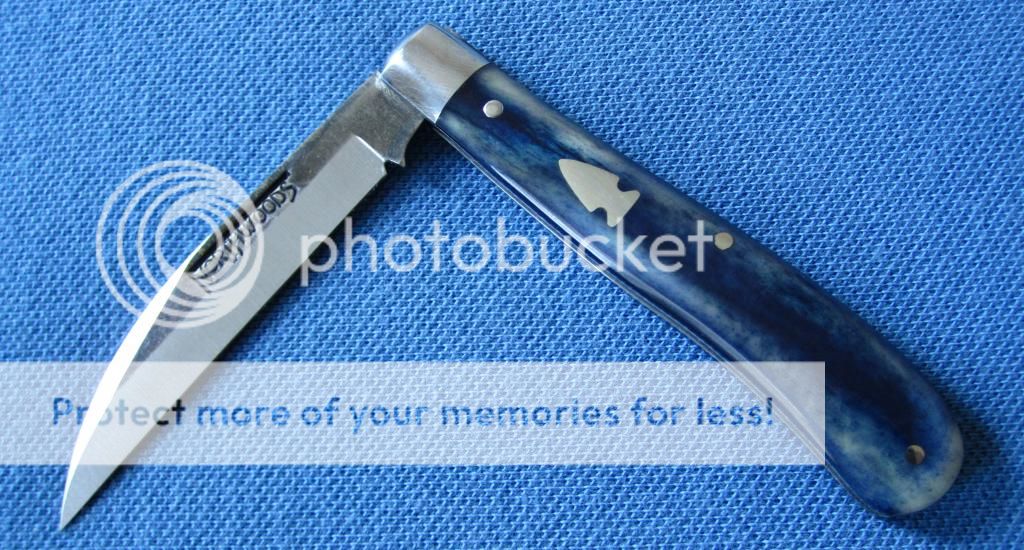- Joined
- Dec 2, 2005
- Messages
- 71,101
I thought some of you might enjoy this piece 
Rick Wortley and his wife, Mary, were sitting in the backyard of their little house in Cumberland, Maine, mulling a problem that was, well, un-American. Rick, 34, had recently gotten word that his father's second cousin had died back in England and that he, a Yankee-to-the-bone construction foreman, had become the fifth Earl of Wharncliffe. The question was, what was this earl thing anywayan unexpected lark, a windfall or simply a royal pain?
Mary, 36, a sprightly sort, clearly came down on the lark side of the issue. She reworded the message on the couple's telephone answering machine to say she was sorry but "the earl" was not at home at the moment. A free-lance graphic designer, she was also talking about putting "countess" on her business card. But their two sons, Reed, 7, and Chris, 3, seem unimpressed. "Dad still has the same smelly breath," says Reed, who can now call himself the Viscount Carlton.
Raised in Cheshire, Conn., the son of an industrial sales representative, Rick had of course known about his connection to British nobility, but it had always seemed somewhat remote. Then, earlier this month a British reporter called with news that the fourth Earl of Wharncliffe had died at age 52, and since he had no immediate male heir, the title would pass to Rick.
As Rick quickly learned, the late earl was not universally mourned in his home village of Wortley in Yorkshire. A colorful ne'er-do-well who was variously employed as a stock car racer, rock 'n' roll drummer, truck driver, sailor, salesman, mechanic and bar-keep, the earl was most notoriously known and feared as a world-class whiskey drinker and drunk driver. He was convicted several times, and in 1979 while driving intoxicated yet again, he killed a woman in a head-on crash. Given up for dead, Wharncliffe recovered sufficiently to serve a six-month prison term, though his injuries ultimately led to the recent attack of pneumonia that claimed his life.
If the family tradition thus seemed less than illustrious, Rick still might have nursed some fleeting hope of inherited riches, before a phone call from the late earl's widow instructed him otherwise. While Aline, the dowager Countess of Wharncliffe, 49, assured him that he was most definitely to the manor heired, she made it clear that there was, alas, no manor involved. Wortley Hall, the Wharncliffe's 70-room family seat, had been sold in 1947 and serves today as a labor union vacation retreat. The dowager Countess told Rick that her husband had left a smaller home and a 5,000-acre estate to her, and noted that a trust fund attached to the title would bring Rick a bit of pin money each year.
"I thought it very important to put the record straight," says Aline, who has one daughter but no sons who might claim the title. "Richard said he was very proud of the family name, so I feel sure he'll accept the title. How he'll use it in the States I don't know, but I feel that he is the fifth earl and [Mary] is the fifth countess."
According to Mary, the Wortleys' neighbors find the whole thing just as funny as she does. "The other day one of them suggested that when Rick came home from work I should serve high tea," she reports. Then again, wonders Mary, why should she, a countess, have to serve anybody? "I'm going to have a maid and a governess," she says, chuckling.
Indeed, for a while it seemed as if everyone was playing comedian. Arriving on a construction site in the Portland suburb of Cape Elizabeth, Rick found that news of his ascendancy had preceded him. "A few of the workmen got down on their knees," he says, "and welcomed me to work. What did I do? I said, 'Please rise.' "
Rick had briefly wondered if he might hear those very words spoken by Queen Elizabeth II as she invested him with the Wharncliffe title. As it turns out, the title passes to him automatically unless he declines it. But he can't take his seat in the House of Lords unless he becomes a British subjectan act of noblesse oblige for which he is not ready. The Wortleys would like to visit soon, though, and check out the family estates.
In fact the idea of being a peer has a definite appeal. "I don't see any reason to decline the earlship," says Rick, and then stops to ponder his remark. "Maybe that should be earldom. That's one thing I need," he says with a noble smile, "a dictionary."




















